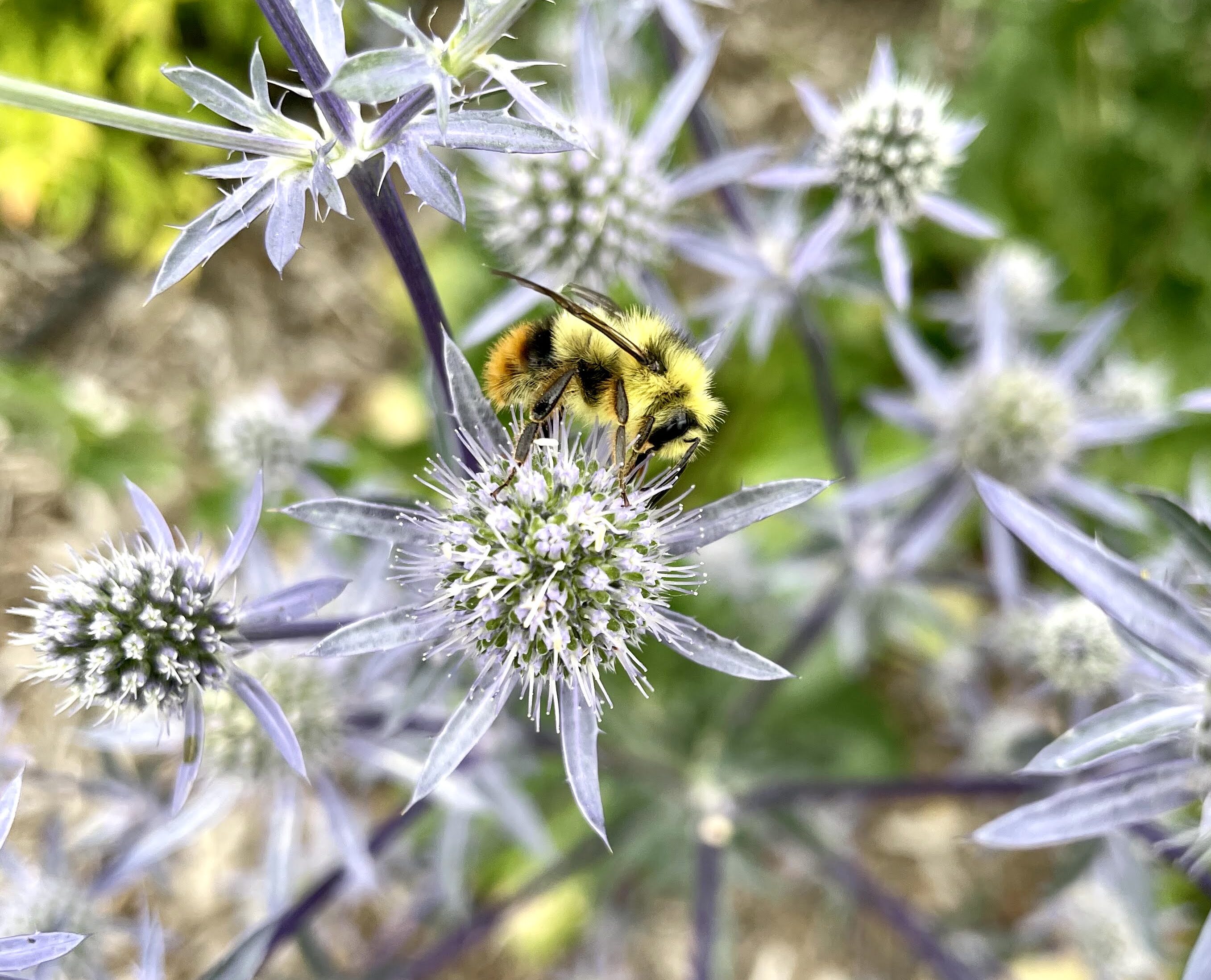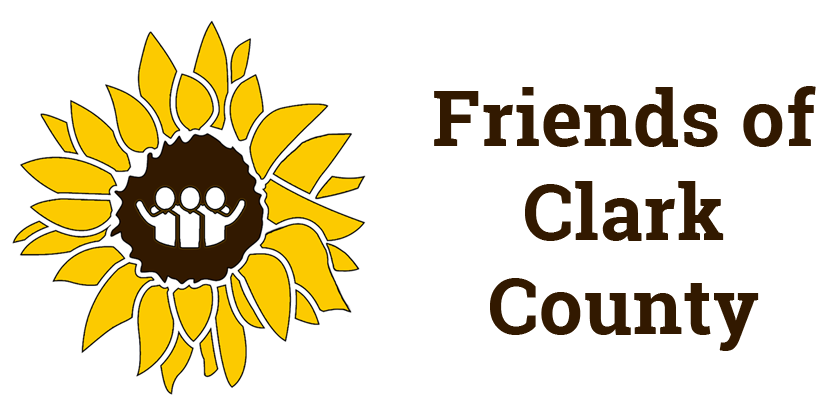Can Local Land Use Policy Save the Bees?
We’ve all heard the slogan “Save the Bees,” but what does it actually mean? And what can we actually do to save them? And what on earth does it have to do with something as wonky as local land use policy?
Well, today, let’s tackle answering all those questions and help move your knowledge beyond the bumper sticker!

What do we mean when we say “Save the Bees?”
No, we don’t mean honey bees. While honey bees have been in the news lately because of a disease that leads to hive collapse and resulting challenges in pollination of all sorts of crops including apples, almonds, wine grapes, and lots and lots of other fruits, the most common honey bee is a European species – Apis mellifera. Honey bees are reared and farmed just like chickens or pigs.
When we say “Save the Bees,” we mean our native bee species. In Washington State, we have 8 species of bees that are of particular concern because they are highly effective pollinators, and because populations are on the major decline: the frigid bumble bee, the golden-belted bumble bee, the half-black bumble bee, the yellow bumble bee, the Morrison bumble bee, the western bumble bee, the American bumble bee and (my personal favorite name) the Suckley cuckoo bumble bee.
Bumble bees are incredible pollinators! They have long tongues, they can fly in cool weather, fly earlier in the day and later in the evening, and fly in stormy conditions, and they do a very cool thing called “buzz pollination,” which causes them to dislodge more pollen from the flower.
Unfortunately, more than one-quarter of all bumble bees in the US are at risk of extinction. Washington state lists the Morrison, western, and Suckley cuckoo as species of concern.
So how, exactly, do we save them?
Great news – there is action we can take to save them! Washington State is the first state to have a strategy to save our local bumble bees. Compiled by some smart folks from the state alongside the Xerces Society, the Forest Service, the BLM, WA Department of Fish and Wildlife, and the US Fish and Wildlife Service, a report called “Strategy to Protect State and Federally Recognized Bumble Bee Species of Conservation Concern” was published in February 2023. It outlines conservation strategies for our state. In the report they identify Clark County and surrounding areas as a “medium priority” region for their conservation efforts based on probable populations.
Bumble bees need a few basic things to survive:
- Foraging habitat – a diversity of native flowering plants throughout the season – different flower colors, shapes, sizes, and bloom periods (sounds pretty right?!). This includes native trees and shrubs and ideally has lots of early and late flowering plants. The foraging habitat needs to be pesticide free and herbicide free (no Roundup).
- Nesting and overwintering habitat – undisturbed ground with messy bits such as downed wood, rock piles, moss, leaves, needles, rodent and (the dreaded) vole holes. Summer is the most important time for leaving a nesting habitat alone. If you need to manage noxious weeds, do it between November – February
- Maximize habitat connectivity – This, my friends, is where local land use comes in.
Local Land Use Policy and Native Bees
We often hear about the negative impacts of habitat fragmentation for animals that walk on four legs: deer, coyotes, beavers, racoons, mountain lions, etc, but bumble bees also need interconnected habitats. Wildlife corridors that include native flowering plants help bees connect to more habitats with food. Open fields with native species shouldn’t be seen as unproductive or underdeveloped, but rather bumble bee habitat. We need to limit the footprint of impermeable surfaces such as roads and parking lots as we develop (those parking lots can go underground!), and new developments and HOAs can install and approve landscaping that is bee friendly by choosing diverse, native varieties of plants. It is possible to develop in such a way that includes bumble bees in our future.
Where to Start
If you are ready to do your part on behalf of the bees, you can:
- Get involved with local land use policy as part of the Growth Management Act and comprehensive planning process. Right now, decisions are being made about how much open space will be available for our wildlife, including our native bees. Riparian areas and corridors provide areas that allow bees to disperse and migrate.
- Plant native plants. Lupine, thimbleberry, sunflowers, spirea, goldenrod, snowberry, Oregon grape, currants, and willows are just some of the beautiful flowering species that bees love! The Pollinator Partnership has produced a very valuable guide for our area.
- Talk about bees. One of the most important things you can do is talk to your neighbors, or folks at your church, or your co-workers, or your friends about bees. Tell them about why bees are so important and what we can all do to help Save the Bees! Folks are most likely to form a new opinion when they are talking to someone they trust.
